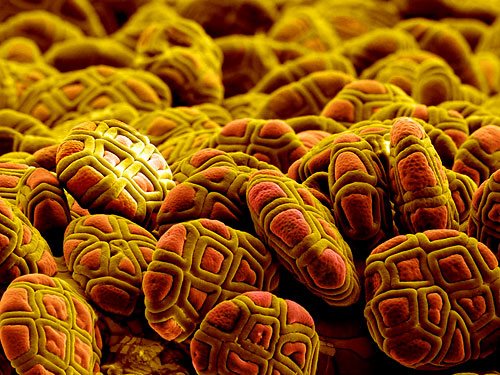| |
 |
|
 |
Award of Excellence
Bob SachaFreelance
One of the most widespread allergens that set off
people to sneezing and wheezing in the allergy season. Each spring, summer,
and fall, tiny particles are released from trees, weeds, and grasses. These
particles, known as pollen, hitch rides on currents of air. Although their
mission is to fertilize parts of other plants, many never reach their
targets. Instead, they enter human noses and throats, triggering a type of
seasonal allergic rhinitis called pollen allergy, which many people know as
hay fever or rose fever (depending on the season in which the symptoms
occur). Of all the things that can cause an allergy, pollen is one of the
most widespread. Many of the foods, drugs, or animals that cause allergies
can be avoided to a great extent; even insects and household dust are
escapable. Short of staying indoors when the pollen count is high -- and even
that may not help -- there is no easy way to evade windborne pollen. People
with pollen allergies often develop sensitivities to other troublemakers that
are present all year, such as dust mites. For these allergy sufferers, the
'sneezin' season' has no limit. Year-round airborne allergens cause perennial
allergic rhinitis, as distinguished from seasonal allergic rhinitis. Plants
produce microscopic round or oval pollen grains to reproduce. In some
species, the plant uses the pollen from its own flowers to fertilize itself.
Other types must be cross-pollinated; that is, in order for fertilization to
take place and seeds to form, pollen must be transferred from the flower of
one plant to that of another plant of the same species. Insects do this job
for certain flowering plants, while other plants rely on wind transport. The
types of pollen that most commonly cause allergic reactions are produced by the
plain-looking plants (trees, grasses, and weeds) that do not have showy
flowers. These plants manufacture small, light, dry pollen granules that are
custom-made for wind transport.
|
|
|



